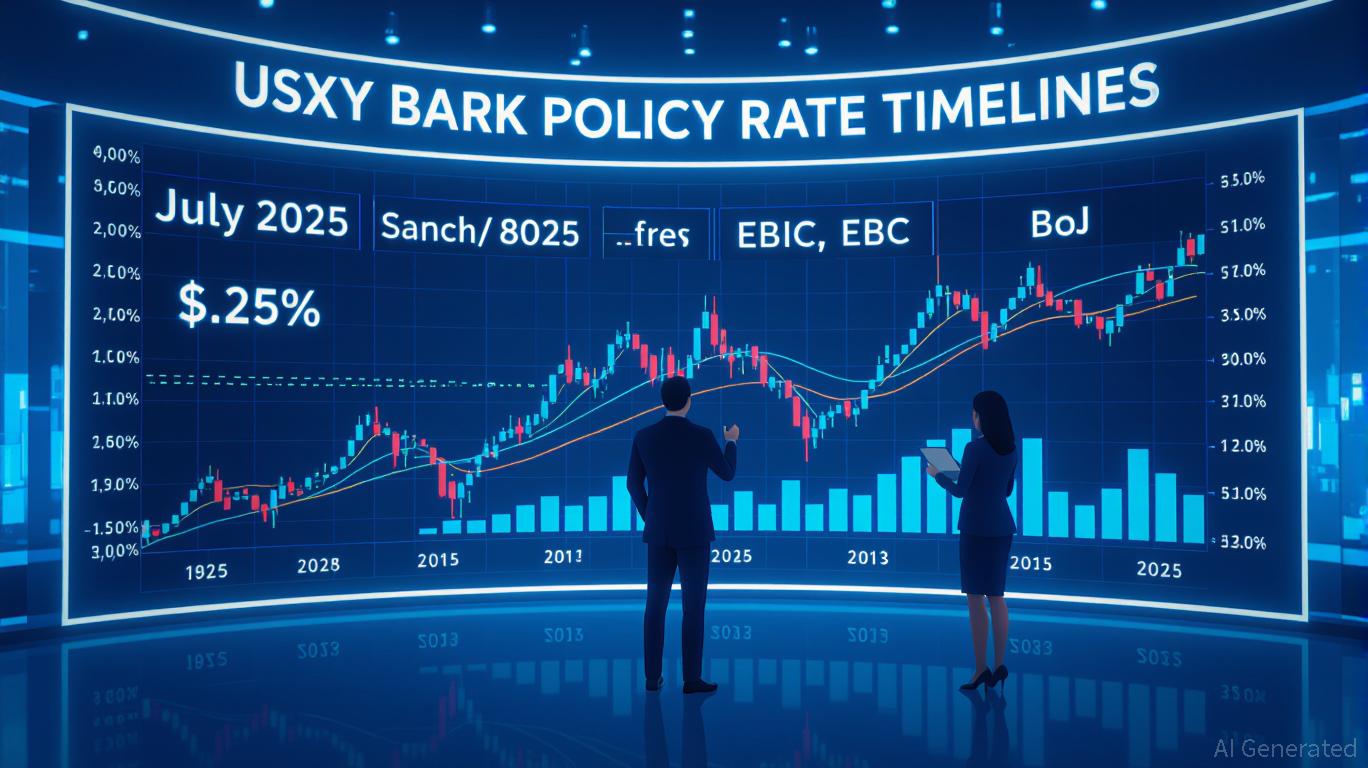AInvest Newsletter
Daily stocks & crypto headlines, free to your inbox
The intersection of fashion and technology has birthed a new wave of startups promising to disrupt traditional retail models with AI-driven personalization, blockchain-based supply chains, and on-demand production. However, for venture capital investors, the allure of rapid growth in this sector is shadowed by a growing risk: fraud. From inflated financials to exploitative business models, the stakes are high when evaluating tech-driven fashion startups. This article outlines how VCs can deploy rigorous due diligence and governance safeguards to mitigate these risks.
The rise of digital payment systems, AI, and fast fashion has created fertile ground for fraud. Expediting shipping options, for instance, are disproportionately targeted by fraudsters who exploit stolen credit cards to secure quick delivery before charges are flagged. Similarly, AI's ability to mimic human behavior—such as deepfake video calls or synthetic customer profiles—has enabled scams that bypass traditional fraud detection systems.
Case studies underscore these risks. CaaStle, a once-$596M fashion-tech unicorn, collapsed under allegations of financial misconduct, including overstated revenue and falsified audit reports. Meanwhile, Mastercard's biometric payment system, while innovative, raises concerns about the irreversible security risks of storing biometric data. These examples reveal a pattern: startups that prioritize speed and scalability often neglect foundational safeguards, leaving them vulnerable to both cybercrime and internal fraud.
To navigate these challenges, VCs must adopt a multi-layered due diligence approach. Here's how to structure it:
Scrutinize audited financial statements, cross-referencing revenue claims with customer contracts and third-party data. Red flags include discrepancies in EBITDA, liquidity claims, or revenue recognition practices. For example, CaaStle's $521M revenue claim in 2023 was later revealed to be $15.7M after audit—a stark reminder of the need for real-time access to GAAP-compliant reporting.
Assess the startup's Total Addressable Market (TAM) and unit economics. A viable model should demonstrate pricing power, customer retention, and barriers to entry—such as proprietary technology or brand equity. Avoid ventures reliant on fragile partnerships, like CaaStle's inventory rental model, which lacked long-term sustainability.
Evaluate the management team's expertise, cohesion, and track record. A lack of board independence or internal conflicts, as seen in CaaStle, can signal governance failures. Investors should enforce term sheet terms that mandate independent directors and clear exit clauses for misaligned leadership.
Verify the startup's product-market fit and technical differentiation. For AI-driven ventures, test the robustness of their algorithms against adversarial attacks. A product that relies on commoditized tech or lacks customer stickiness may struggle to scale.
Ensure compliance with data privacy laws (e.g., GDPR) and industry-specific regulations. Operational due diligence should assess supply chain resilience and HR practices, as high employee turnover or opaque workflows can mask deeper issues.
Beyond initial due diligence, VCs must embed governance safeguards into their investment strategies. This includes:
- Board Composition: Insist on independent directors with cybersecurity and fraud prevention expertise.
- Real-Time Monitoring: Leverage AI-driven tools like DarkTrace for continuous threat detection, as seen in Boardriders' post-ransomware strategy.
- Exit Strategy Realism: Align valuation metrics with market realities. A startup's worth should reflect tangible metrics like customer acquisition costs, not just hype.
The fashion-tech sector's potential is undeniable, but so are its risks. By prioritizing financial transparency, rigorous market validation, and robust governance, VCs can protect their portfolios from the growing specter of fraud. As AI and digital systems evolve, so too must the strategies to safeguard them. The next CaaStle may not be far off—but with the right framework, investors can avoid repeating its costly mistakes.
For VCs, the lesson is clear: in the race to fund the future of fashion, due diligence is not a bottleneck—it's the runway.
Delivering real-time insights and analysis on emerging financial trends and market movements.

Sep.11 2025

Sep.11 2025

Sep.11 2025

Sep.11 2025

Sep.11 2025
By continuing, I agree to the
Market Data Terms of Service and Privacy Statement
Daily stocks & crypto headlines, free to your inbox
Comments
No comments yet